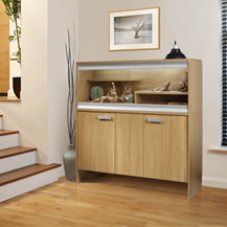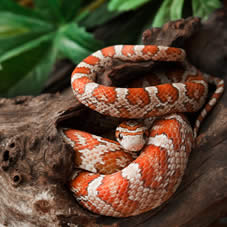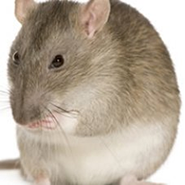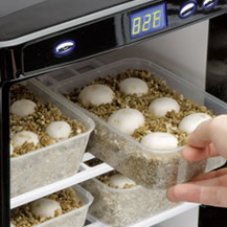Free Delivery
On order over £99*
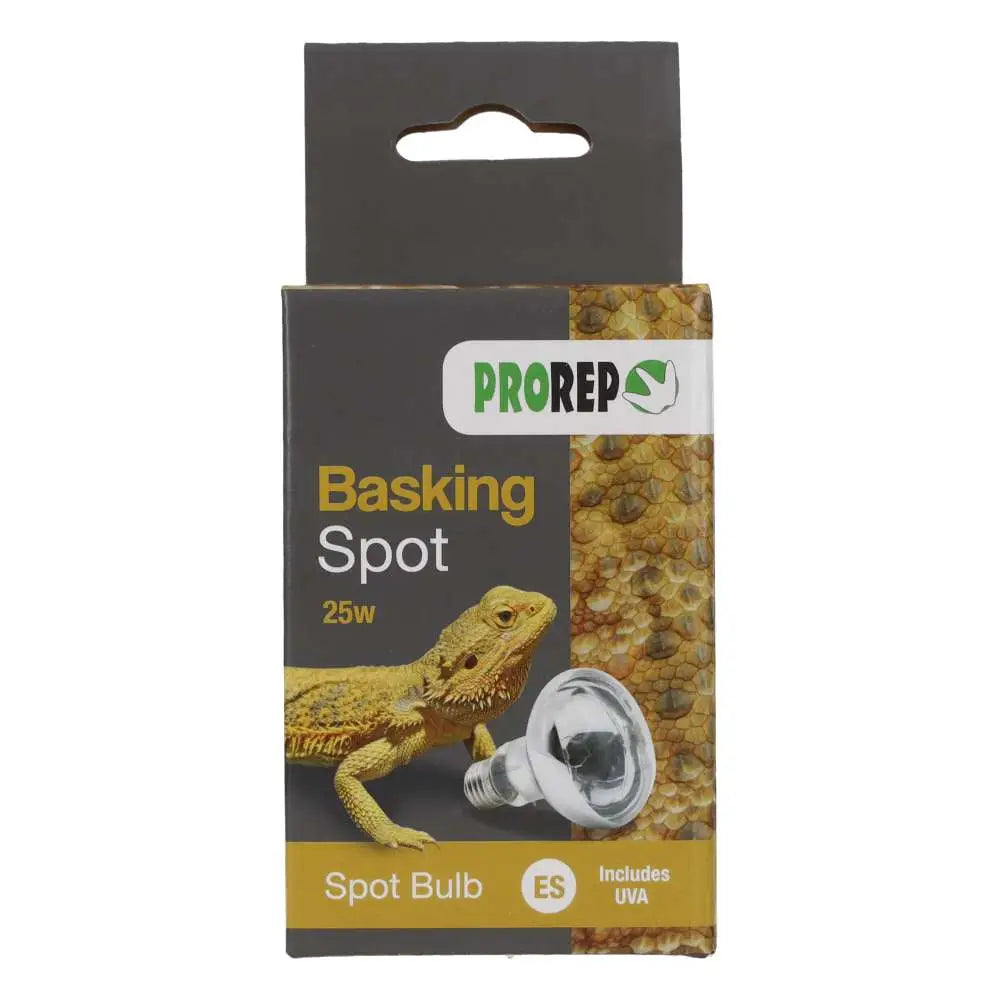
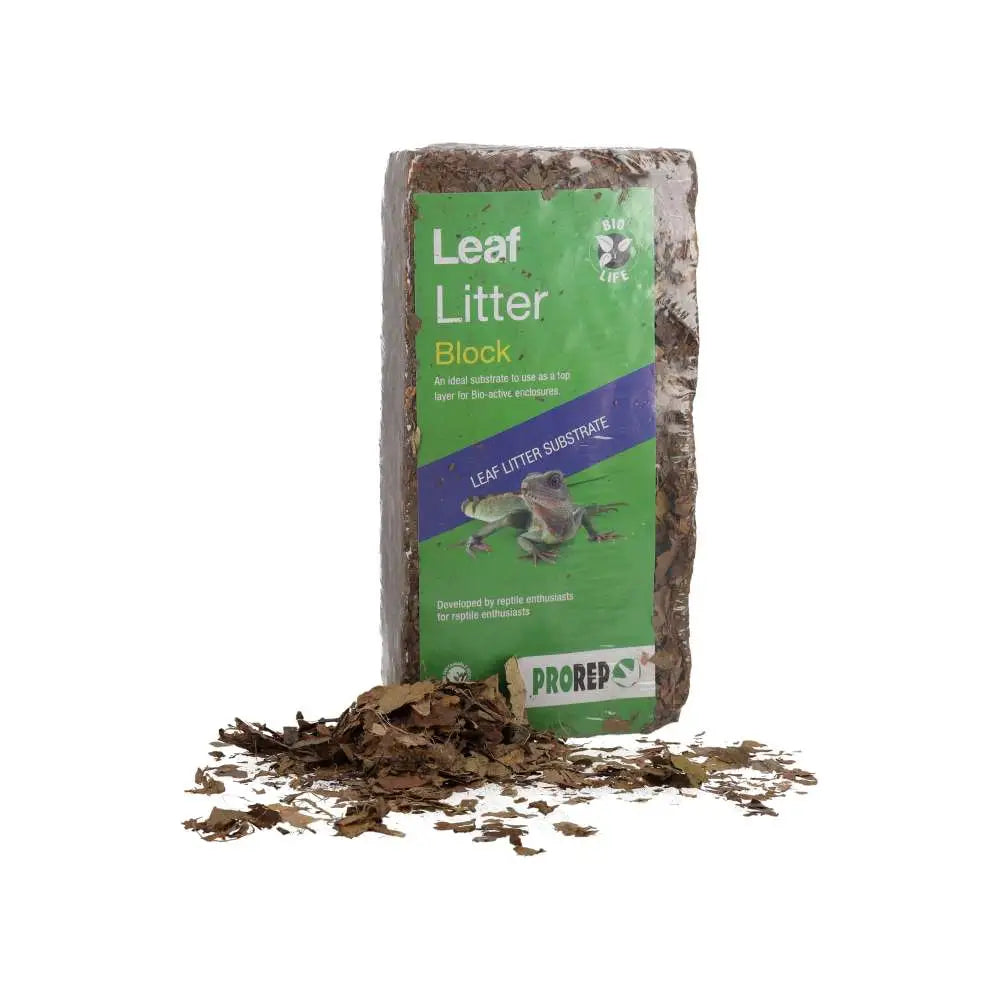

Housing: a wooden vivarium of at least 48" in length

Heating: basking temperature of 88oF, cool end of 85oF

Diet:carnivore with a diet comprising of frozen prey

Decoration: dry substrates and decor so not to raise humidity levels

A good sized terrestrial python with great personality.A fiesty species of snake

Blood python require a wooden vivarium as their enclosure. This is because wood is an excellent insulator of heat and so a wooden vivarium will make it easier to control the crucial temperatures required inside the habitat. Other enclosures such as glass terrariums are far too efficient at releasing heat. The wooden vivarium should have good ventilation to allow air flow in and out of the enclosure.
The blood python's vivarium should be at least 48" in length. There are 2 main reasons for this; firstly blood pythons are not small reptiles and can easily grow to 4-6ft in length. They require a proportionate amount of space to live happily. Secondly, the vivarium needs to have a sufficient length to allow for the creation of a temperature gradient. The enclosure needs to be warm at one end, but have enough distance for the temperature to drop at the cool end.
Blood pythons require a warm basking area but a near constant air temperature. A basking area of 88f is created by using a ceramic heat emitter. These radiate heat but produce no light. This bulb should be protected with a bulb guard and controlled by a good quality thermostat. This temperature can remain constant day and night so there is no need to turn off your heating equipment. Temperatures should be monitored daily using a thermometer.
To light the enclosure we would use LED bulbs. These can be on for 10-12 hours a day but should be turned off at night to ensure the snake gets a good day/night cycle.
Blood pythons should always be kept on a dry substrate so not to increase the humidity inside the vivarium. Whilst any loose substrate has the potential to be accidentally swallowed, we have found this to not be a problem with coarse beech woodchips and that is what we keep our blood pythons on. It is also very easy to clean.
Whilst blood pythons are not an arboreal snakes, they do like to climb on top of things to survey their surroundings. The vivarium should be decorated with various pieces of wood to enable them to do this.
The blood python vivarium can be decorated with artificial plants for a more natural look. A hiding spot at each end of the enclosure will allow the snake to move freely and thermoregulate without feeling insecure.
As hatchlings, blood pythons should be fed weekly on defrosted pinky mice, as the snake grows the food size should be increased until the snake is taking either extra large mice or small rats. Adult blood pythons can be fed once every two weeks as they can become overweight if fed weekly.
A water bowl large enough for the snake to get in to should be used providing it does not raise the humidity in the enclosure too much.
If you keep a male and female together, they may breed. You do not need to do anything to encourage this, providing they are healthy and the conditions are good, it will happen naturally. You need to consider whether you want this to happen. What will you do with the babies if you incubate the eggs?
A gravid female should have access to a nesting box to lay her eggs. The box should be large enough that she can fully turn-around inside it. We use moss to keep the box moist and humid.
The eggs should be incubated in an incubator at 84oF. We incubate our eggs in sealed boxes on a moisture rich substrate (such as Hatchrite) to trap the humidity around the eggs. After approximately 60 days the eggs will start to hatch, the first babies to emerge will encourage the rest of the eggs to hatch.
Sign up to the Reptile Centre newsletter so you don't miss out on all the latest offers and guides to give your pet the best they deserve


